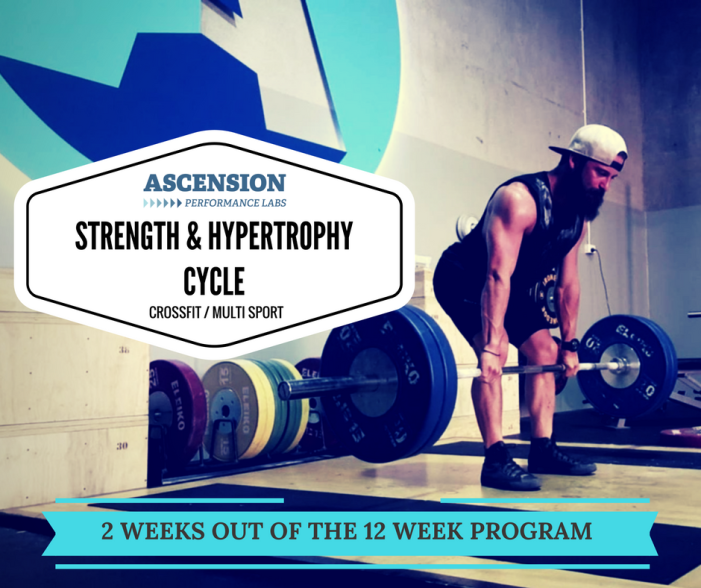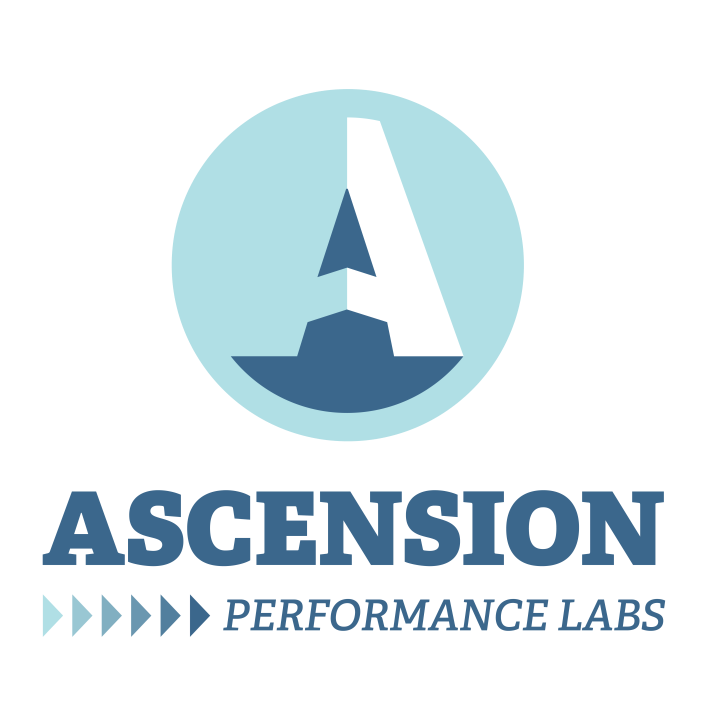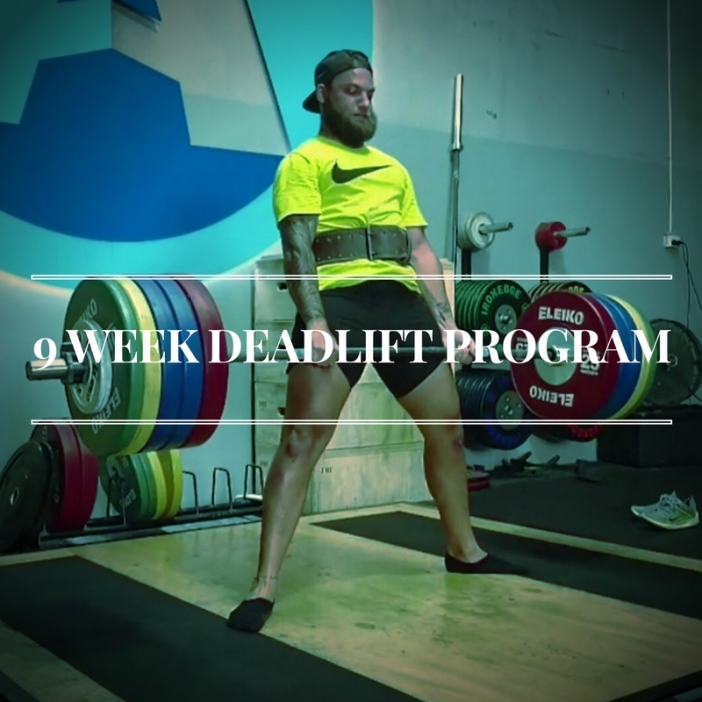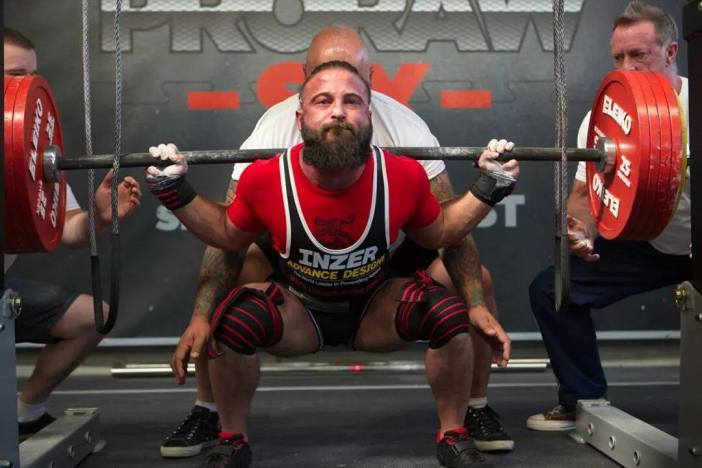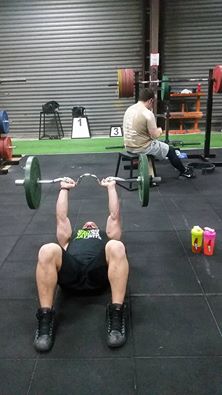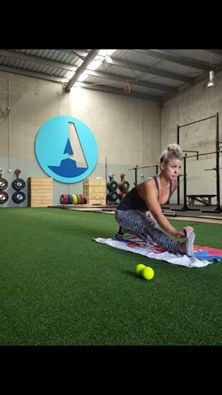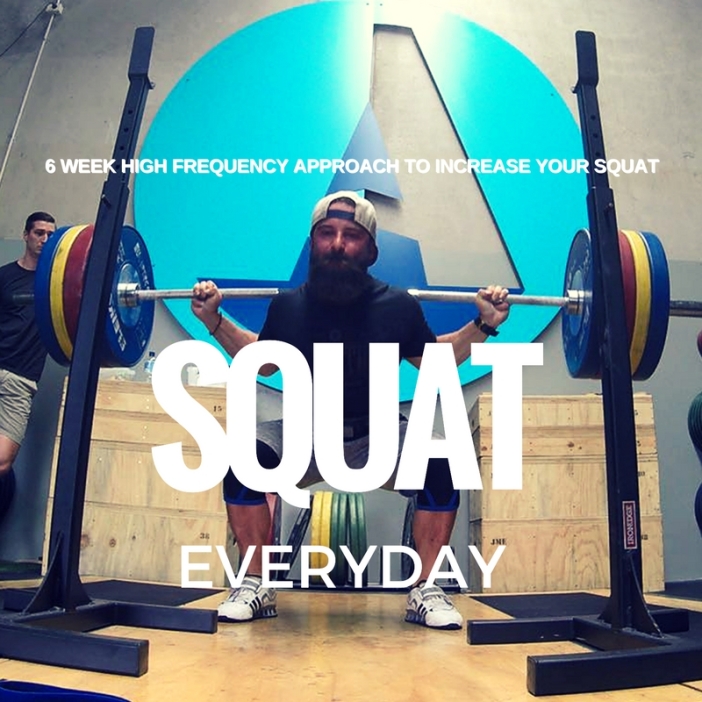
Squat everyday – “Bulgarian style of training.”
Website: www.aplabs.com.au
Facebook: Ascension Performance Labs
Instagram: @ascension_performance_labs / @cam.j.burnside
Arguably one of the most popular training styles going around at the moment. The correct combination of high frequency and high intensity can mean the difference between improvement and overtraining.
Program notes:
This is a 6-week squat everyday program designed to be used in conjunction with regular training (e.g. upper body and lower body days), working to a max daily.
Squatting everyday has become quite popular in sports such as Olympic weightlifting and powerlifting due to the success some have had with this style of training.
Reasons why this program can work:
-
Increased frequency, therefore increasing practice of the movement and skill acquisition.
-
Handling heavier weight more often, which can increase confidence.
-
Overreaching, this is a variable used in training to cause you to train slightly above your ability in order to achieve maximal return before a recovery period.
The program undulates from day to day and week to week, cycling variations in tempo / isometrics / lift variation and intensity to allow for progression.
Key concepts:
-
There are 2 waves of 3 weeks within this program; the first wave is focused on TUT and positions, the second wave focuses on intensity.
-
This would be best run in conjugation with a complete program, also training pull variations and pressing variations.
-
Perform Hip / Thoracic mobility daily.
-
Always keep reps clean, don’t go past the point of technical breakdown.
-
Understand that not everyday will be a PB and a “MAX” is for the day not an all time max, make smart weight jumps.
-
Warm up is critical and making quality jumps in weight is the key, use a belt unless it says beltless.
*Work up to a “Daily Max” or new PB every session
Wave 1
W1 D1:
Squat x 1 @ 7:0:X (Drop 10% x 1 x 2)
W1 D 2:
Front Squat x 1 @ 3:1:X (Top single only)
W1 D 3:
Squat x 3 x 3 @ ~60%
W1 D 4:
Squat x 1 @ 3:7:X (Drop 10% x 1 x 2)
W1 D5:
Squat (Beltless) x 1 (Drop 20% 2 x 3)
W1 D6:
Front Squat x 1 (Drop 20% 2 x 3)
W1 D7:
Body Weight Squat x 100
W2 D1:
Squat x 1 @ 5:0:X (Drop 10% x 1 x 2)
W2 D 2:
Front Squat x 1 @ 3:4:X (Top single only)
W2 D 3:
Squat x 4 x 2 @ ~60%
W2 D 4:
Squat x 1 @ 2:5:X (Drop 10% x 1 x 2)
W2 D5:
Squat (Beltless) x 1 (Drop 20% 2 x 3)
W2 D6:
Front Squat x 1 (Drop 20% 2 x 3)
W2 D7:
Body Weight Squat x 100
W3 D1:
Squat x 1 @ 3:0:X (Drop 10% x 1 x 2)
W3 D 2:
Front Squat x 1 @ 3:7:X (Top single only)
W3 D 3:
Squat x 1 x 8 @ ~60%
W3 D 4:
Squat x 1 @ 2:7:X (Drop 10% x 1 x 2)
W3 D5:
Squat (Beltless) x 1 (Drop 20% 2 x 3)
W3 D6:
Front Squat x 1 (Drop 20% 2 x 3)
W3 D7:
Body Weight Squat x 100
*Work up to a “Daily Max” or new PB every session
Wave 2
W4 D1:
Squat (beltless) x 1 @ 3:0:X (Drop 10% x 1 x 2)
W4 D 2:
Squat x 1 @ 5:0:X (Drop 10% x 1 x 2)
W4 D 3:
Squat x 1 @ 2:10:X (Top single only)
W4 D 4:
Pin Squat x 4 x 3 (Ascending weight)
W4 D5:
Squat x 3 x 3 @ ~50-70%
W4 D6:
Squat x 1 (Drop 10% x 1 x 2)
W4 D7:
Body Weight Squat (Optional)
W5 D1:
Squat (beltless) x 1 (Drop 10% x 1 x 2)
W5 D 2:
Squat x 1 @ 4:0:X (Drop 10% x 1 x 2)
W5 D 3:
Squat x 1 @ 2:10:X (Top single only)
W5 D 4:
Pin Squat x 3 x 4 (Ascending weight)
W5 D5:
Squat x 3 x 3 @ ~50-70%
W5 D6:
Squat x 1 (Drop 10% x 1 x 2)
W5 D7:
Body Weight Squat (Optional)
W6 D1:
Squat (beltless) x 1 (Drop 10% x 1 x 2)
W6 D 2:
Squat x 1 @ 3:0:X (Drop 10% x 1 x 2)
W6 D 3:
Squat x 1 @ 2:10:X (Top single only)
W6 D 4:
Pin Squat x 6 x 2 (Ascending weight)
W6 D5:
Squat x 3 x 3 @ ~50-70%
W6 D6:
Squat x 1 (Drop 10% x 1 x 2)
W6 D7:
Body Weight Squat (Optional)
Test you max back and front squats the coming week.

